THE LATEST FROM VALTASNews, updates, and stories to keep you in the know.
|
 When you hear the phrase “community outreach” what comes to mind? Most people immediately think of nonprofit organizations hosting community events, which isn’t necessarily wrong. However, on its own it’s an incomplete view of what community outreach means for nonprofits. Hosting events can be an important component of what outreach in our communities looks like, but it is, by no means, all that should be included. Often, this overly simplistic view of what is included in community outreach comes from a misunderstanding of what community outreach should accomplish. The goal of community outreach shouldn’t just be to recruit volunteers and increase funding to support the organization’s mission. Outreach should also be the organization’s mission.
0 Comments
 Previously, our colleague Deniz Satir put together a resource to help organizations understand an Executive Director's role in fundraising and allowed us to share it with our readers. In it she explained that the best nonprofit leaders will take steps such as developing a fundraising strategy, cultivating donor relationships, engaging with the board, practicing financial stewardship, and aligning the team around fundraising efforts. Those responsibilities are critical components to developing and executing a successful fundraising strategy, and they beg the next question: “What should a Board’s role be in fundraising?” Should a Board just allow the ED to own the organization’s fundraising strategy unilaterally, rubber stamping plans and loosely reviewing results? Or should they take a more active role? And how does the Board’s responsibility change when the organization is undergoing significant change like a mission shift or leadership transition?  Fundraising is vital to the success of any organization, which means that nonprofit leadership must be constantly focused on not only managing existing donor relationships but also attracting new donors to fill the funding pipeline. But knowing how to expand your donor base is a tricky topic for a variety of reasons.
Find out how today’s top nonprofits will be fundraising this year to retain key staff, sustain important programming, maintain their presence in the community, and make a real impact!
What are some of the essential elements of fundraising that EDs should be familiar with to find success? Let’s shed light on the division of responsibilities within nonprofit organizations when it comes to development efforts:
A traditional analysis looks at inputs like fundraising expenses and operational costs and outputs like the number of people served and geographic area covered. The goal is basically to understand how the organization is using its funds to do something beneficial. This approach works if the output is something with a clear monetary value like scholarships granted or number of meals served. However, that approach seems to fall short when attempting to measure the “unquantifiable” impact a nonprofit has on its community – things like reducing isolation, giving community members a voice, offering mentorship, preventing violence, providing acceptance for marginalized groups, or reducing homelessness. Therefore, a true analysis of a nonprofit’s impact needs to include an evaluation of their Social Return on Investment (SROI) also.
This can be an incredibly difficult question to answer! Anyone in the nonprofit space can give you examples of wonderful collaborations they have been a part of where the outcome was far greater than either organization could have achieved on its own. These collaborative wins are fuel for high impact nonprofit missions – the veritable magic that can make 1+1=3 …or 4 …more. And yet, anyone involved with nonprofit work can also give you examples of when collaboration was an organizational killer – the precipitating factor that derailed an organization’s mission, culture, or effectiveness. Collaborating on the wrong projects or executing collaborative efforts poorly can result in mission creep, stretching an organization too thin and diluting their impact. |
THE LATEST FROM VALTAS
You are welcome to subscribe to get the latest news, updates and insights from our team. Subscribe:Ask Valtas!Categories
All
Archives
July 2024
|






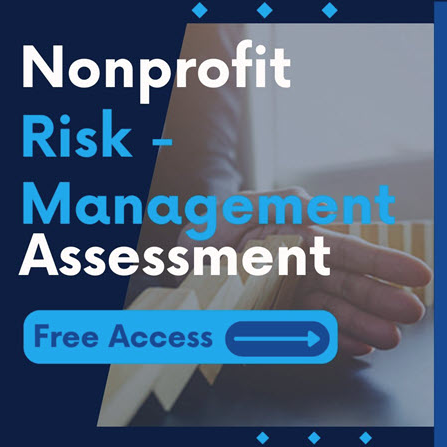
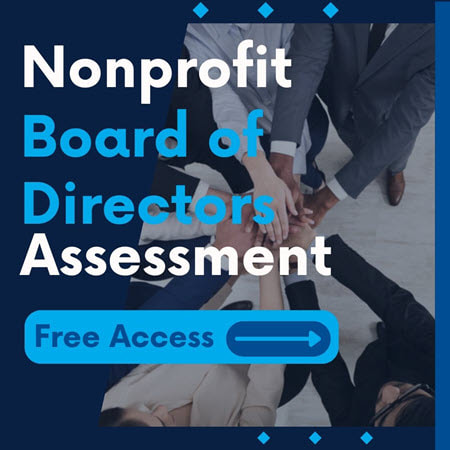
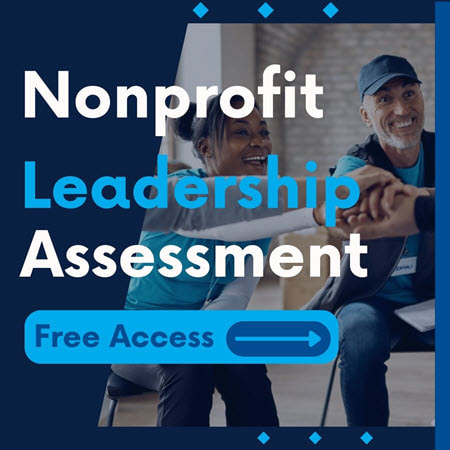
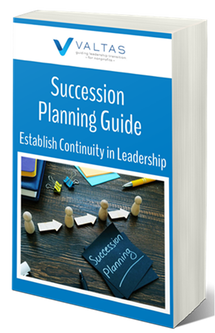
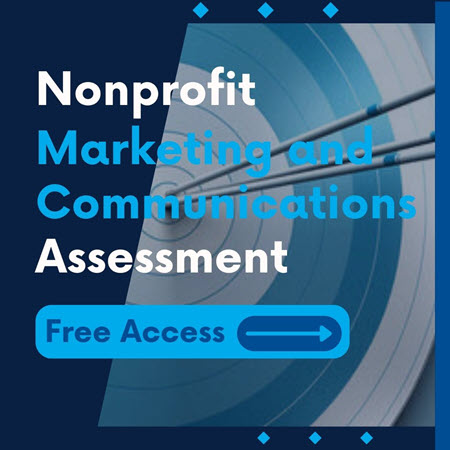
 RSS Feed
RSS Feed
